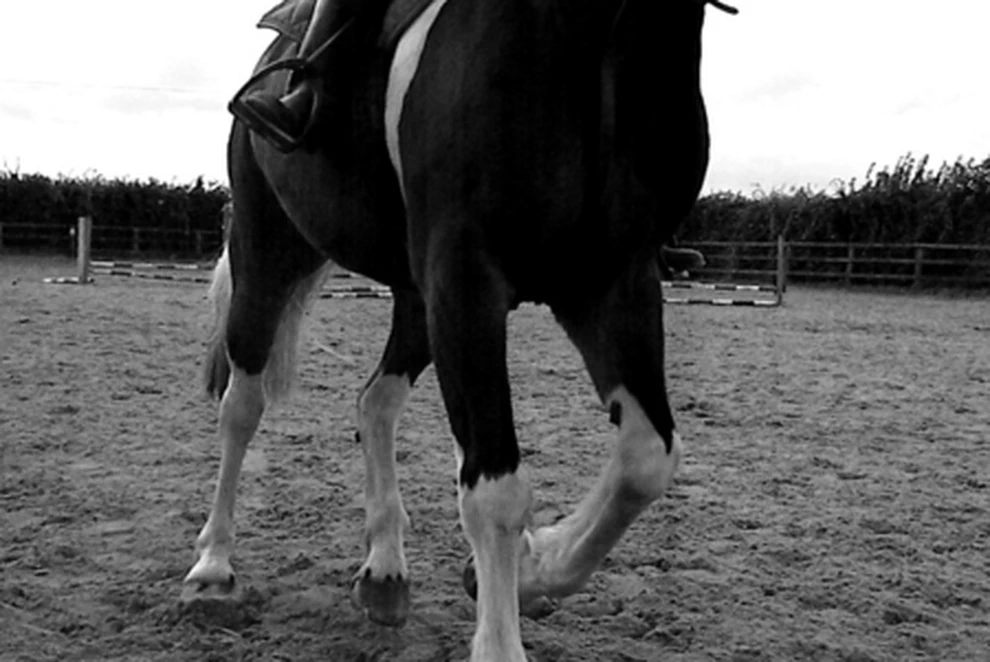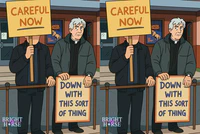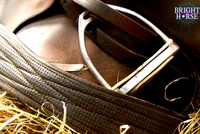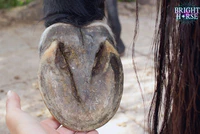The Horse World Needs to Catch Up
The dog training world left us in the dust, kicking and screaming… years ago.
While dog trainers embrace science-based methods (well, most of them), use data to refine protocols, and ditch outdated dominance myths… the horse world still clings to “make the wrong thing hard/painful and the right thing easy.”
Clicker training, marker signals, emotional safety all perfectly normal in dogs, orcas, lions, even giraffes. But with horses? Still widely dismissed as “new age nonsense.” 🙄 Cool, you’re special so…
As an animal behaviourist, this is was annoys me… most of these animals are predators. They don’t graze. They don’t eat continuously. They don’t rely on flight to survive. They eat once or twice a day, sometimes less, and yet, using food in training is not only accepted, it’s expected.
Try telling a marine mammal trainer to withhold fish or train without reinforcement. You’d be laughed off the dock!
Try telling a dog behaviourist to solve aggression or anxiety without a functional assessment or reinforcement strategy they’d look at you like you just stepped out of the 1950s.
But with horses? Still debating whether it’s “safe” or “ethical” to give a horse a piece of carrot for coming when called. I’ve seen one person call it evil… please shut up…
I still hearing that positive reinforcement makes them “pushy” or “disrespectful.” Still watching punishment and escalating pressure being marketed as “partnership.” With no idea what true partnership looks like.
And this is with an animal that’s a prey species. One whose entire survival strategy is based on flight, social bonding, and foraging up to 12-16 hours a day. Food isn’t a reward it’s a physiological necessity and a psychological safety net.
Yet somehow the horse is the one species we’re least likely to train with food.
It make no logical sense.
What is “Partnership,” Really?
Let’s talk about that word partnership.
“Partnership” is just rebranded obedience.
It gets thrown around a lot in the horse world. It’s become a feel-good label that’s meant to imply equality, trust, connection. But more often than not, “Partnership” is just rebranded obedience.
Because when we dig a little deeper, what do people really mean when they say they want a “Partnership” with their horse?
Usually, it means the horse does what they’re told, without resistance, ideally with ears forward and a pretty expression. It means compliance sometimes achieved through escalating pressure, suppression, or sheer repetition but wrapped in the language of connection.
That’s not partnership. That’s public relations.
Here’s what actual partnership looks like:
❓True partnership means the horse has a voice. They’re allowed to say no and we listen. They can show discomfort and we adjust. It’s built on trust, agency, and mutual understanding. Training is shaped with positive reinforcement, emotional safety, and consistency. The horse learns because they want to, not because they’re afraid not to.
❓False partnership is marketed as “relationship-based,” but still relies on pressure, avoidance, and the illusion of “leadership.” The horse is expected to suppress signals of distress, remain compliant, and work through pain or confusion all under the guise of “mutual respect.”
This isn’t about semantics. It’s about welfare.
Because when “Partnership” becomes code for “shut up and smile,” we lose the very thing that makes real partnership possible: choice.
I’ve Stopped Waiting
I’ll be honest… I’m tired.
Back in 2008, we were talking about hyperflexion. I remember thinking, Finally. We’re saying the quiet part out loud. Maybe real change is coming.
But by 2017, I was still having the same conversations – still explaining why horses need forage, friends, and freedom. Still met with resistance, eye rolls, or polite indifference.
Then came 2021. I was invited to speak at the FEI equine welfare workshop. A chance, I thought, to have meaningful dialogue about real change. But instead of being heard, I was talked down to. Dismissed. Marginalised by the same polished voices that claim to be “welfare-forward.”
That was the moment something in me gave way. I didn’t give up on horses – I gave up on the sport.
Since then, my focus has shifted. It’s not about changing equitation anymore. It’s not about reforming the system or fixing the industry.
It’s about the individual.
How can I make this horse’s life better today? How can I help this owner feel less alone, more empowered, more connected?
Because if there’s one place real change still lives, it’s there – in the everyday, behind-the-scenes, one-on-one work. Quiet. Personal. Immediate.
I’m not watching the sport anymore. I’m not waiting for it to wake up. I’m here, doing the work that matters – one horse at a time.
One Horse at a Time
This is where I find meaning now.
Not in policy, or podiums, or waiting for the big names to do the right thing. I’ve stopped expecting leadership to come from the top. Because it never really did.
Change, when it happens, is grassroots. It starts with one person, one moment, one horse.
So now I ask: Can this one horse feel a bit safer today? Can this one owner leave a session with more clarity, more hope? Can I make even a small shift in how someone sees their horse – not as a project or a performance, but as a thinking, feeling individual?
That’s where the work is.
No hashtags. No campaigns. No fancy rhetoric. Just real, grounded, welfare-first, relationship-centred work – in the yard, in the field, in the quiet.
Because even if the sport doesn’t change, the horses still need us. And they’re not waiting.




